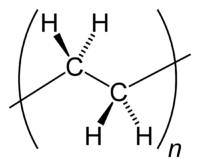Cortez The Killer
HeCameDancingAcrossTheWater
Just finished reading the HomeBrewTalk thread
It was epic
Good work FGZ in directing the topic and clearing up trouble spots
I see the wiki I wrote makes a guest appearance too!
I don't really have anything to add to the no-chill discussion that hasn't been said before
I do look forward to more extensive hop bitterness/flavour/aroma usage in the cube experiments
Cheers
It was epic
Good work FGZ in directing the topic and clearing up trouble spots
I see the wiki I wrote makes a guest appearance too!
I don't really have anything to add to the no-chill discussion that hasn't been said before
I do look forward to more extensive hop bitterness/flavour/aroma usage in the cube experiments
Cheers






